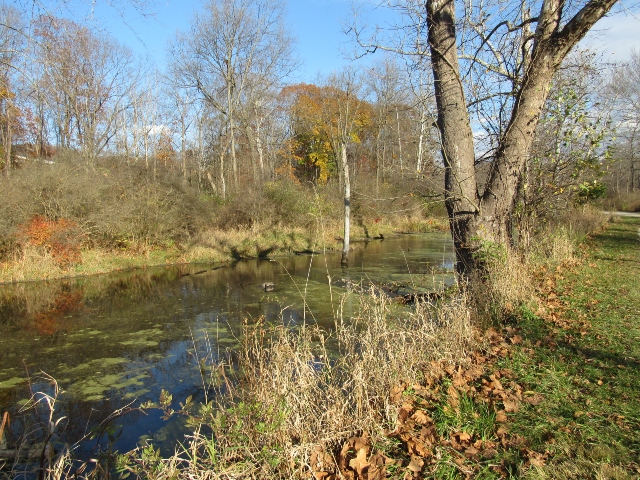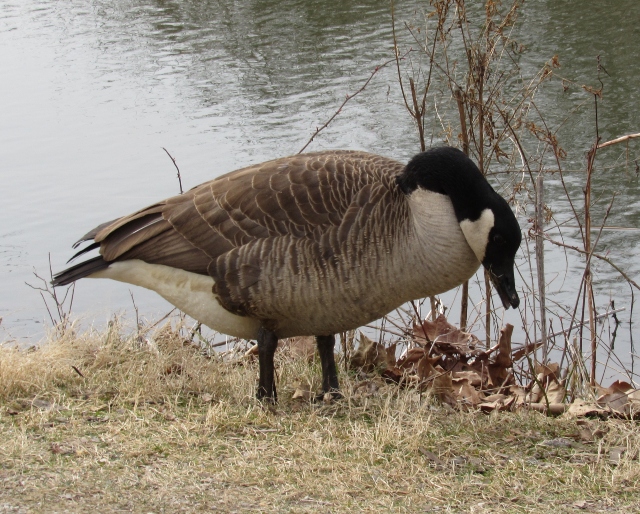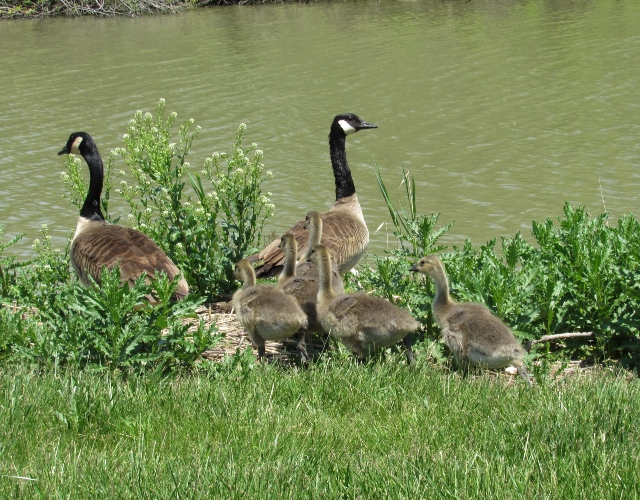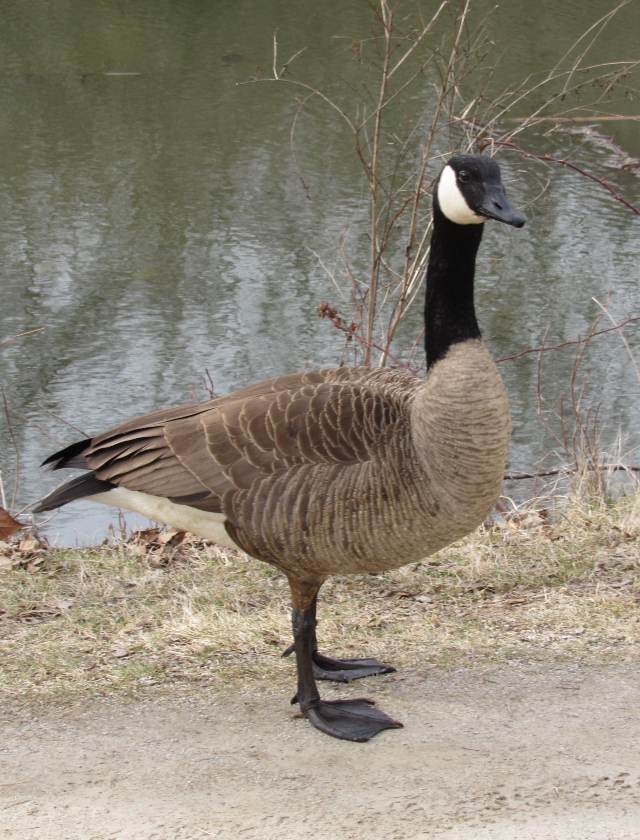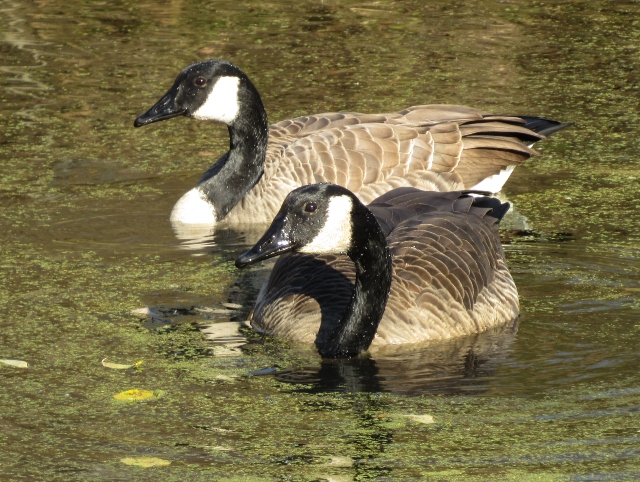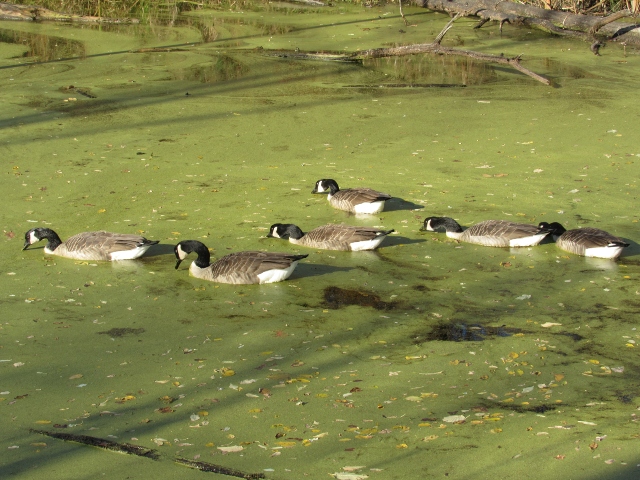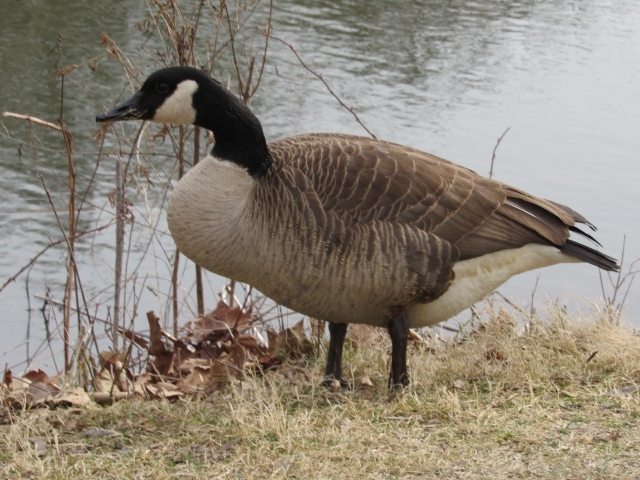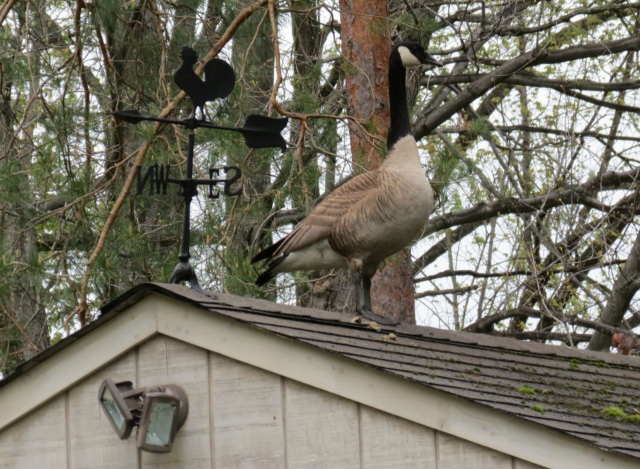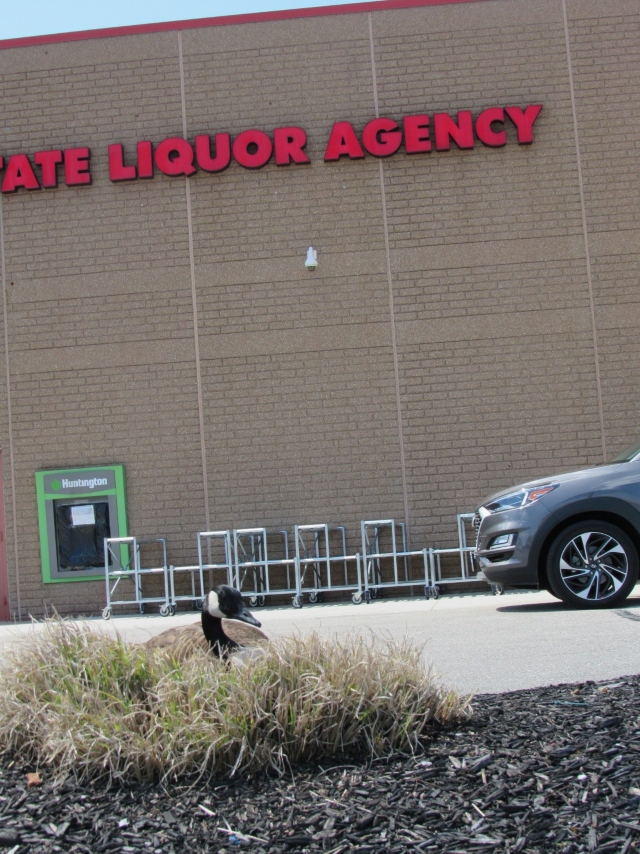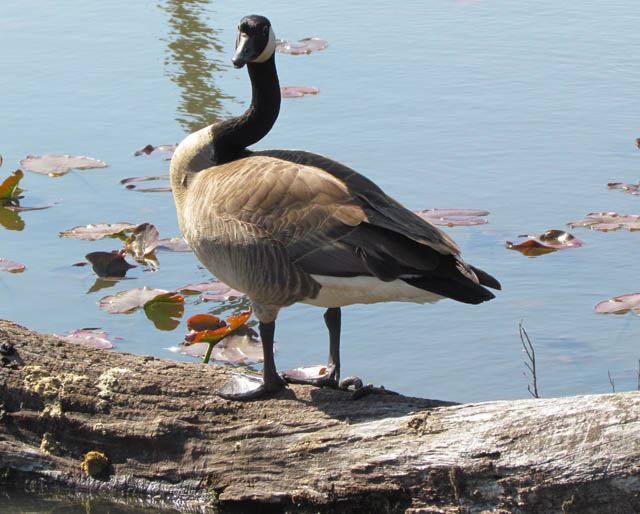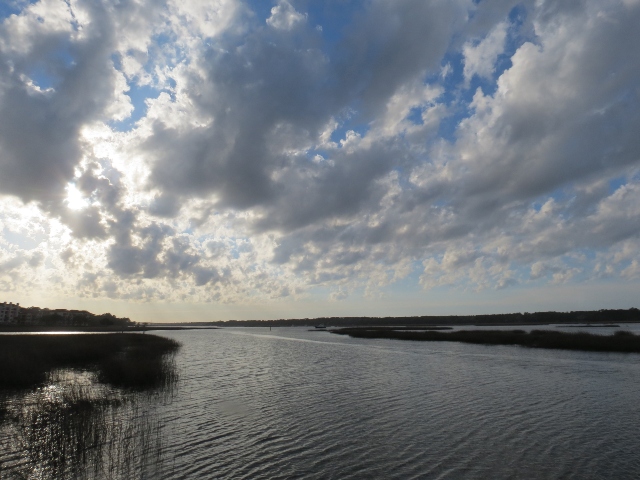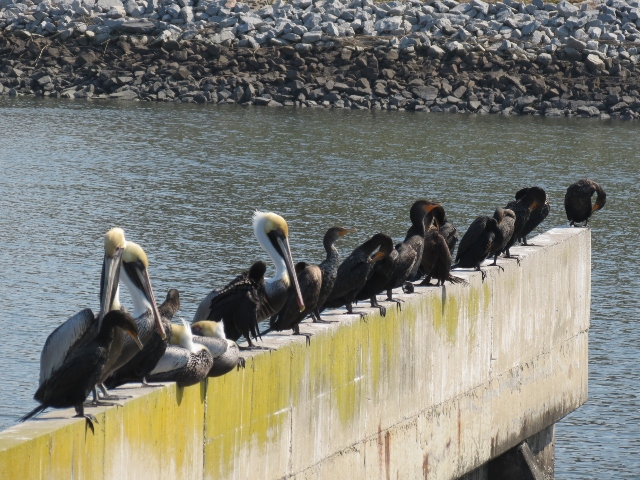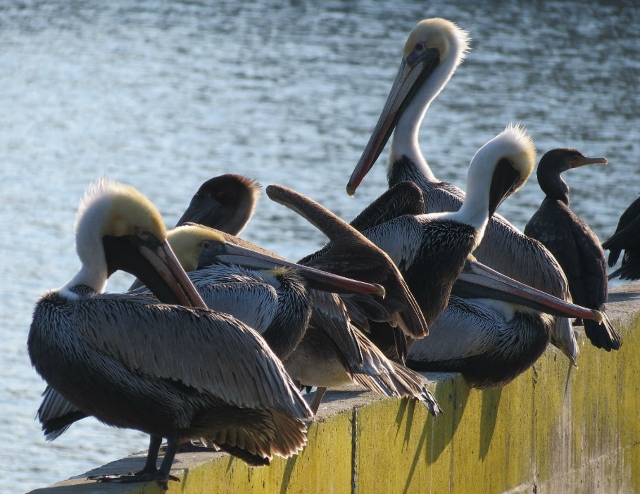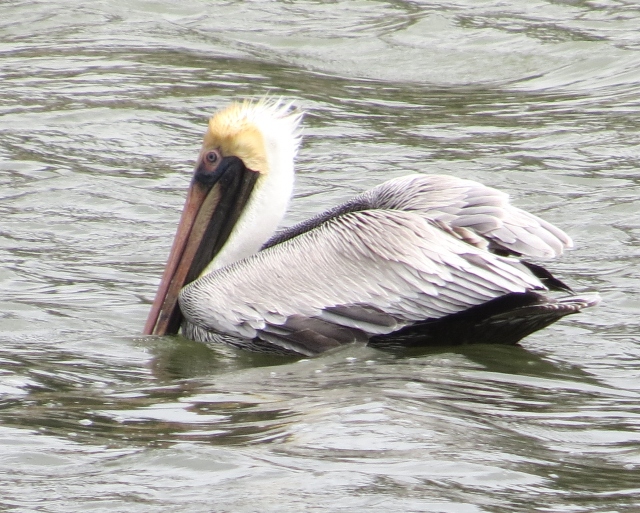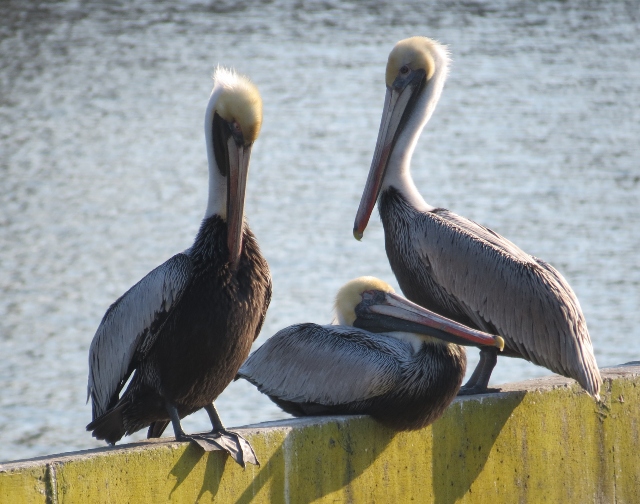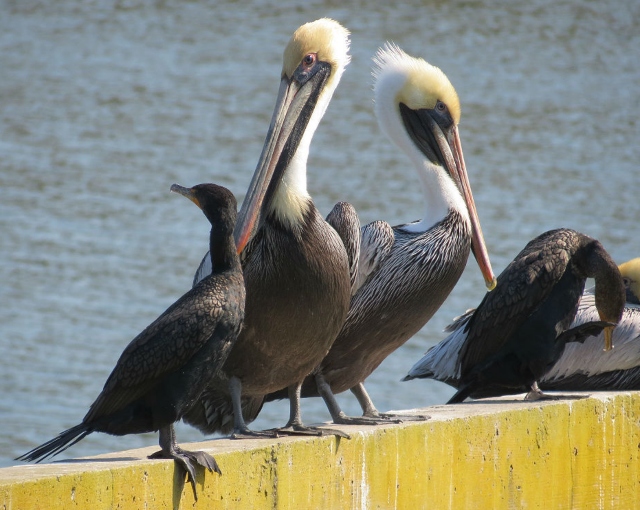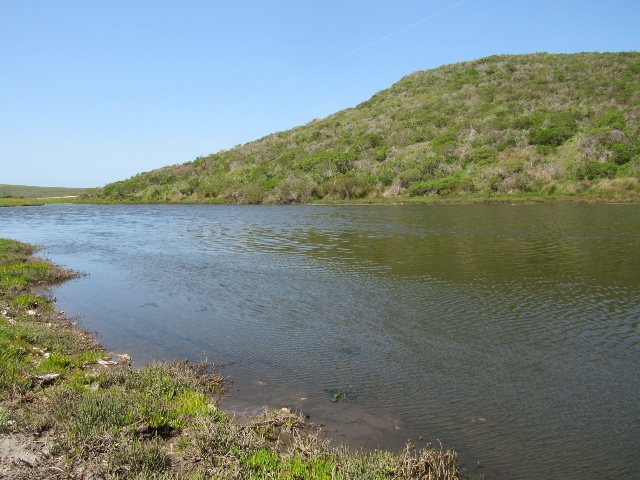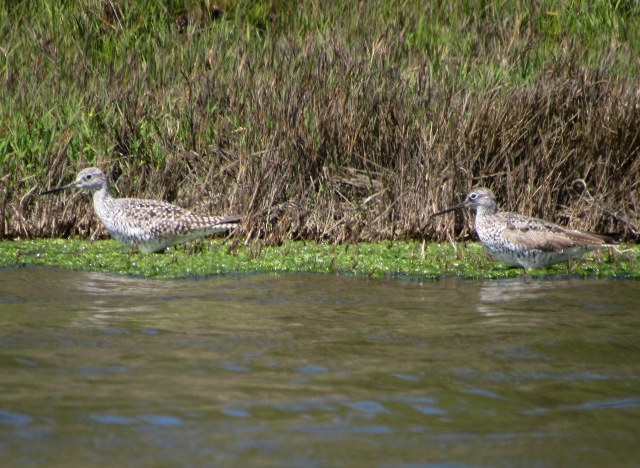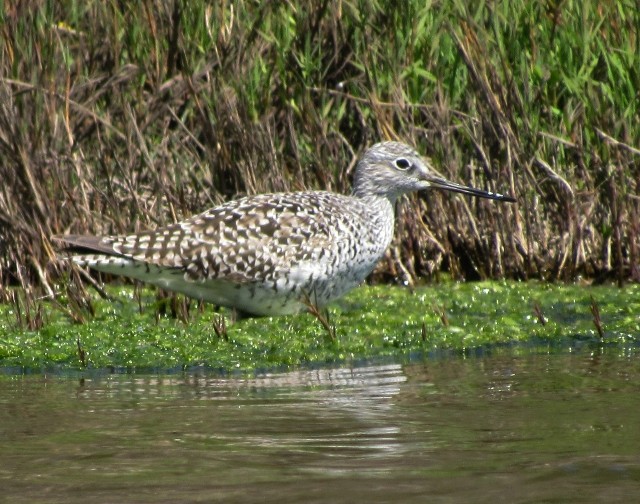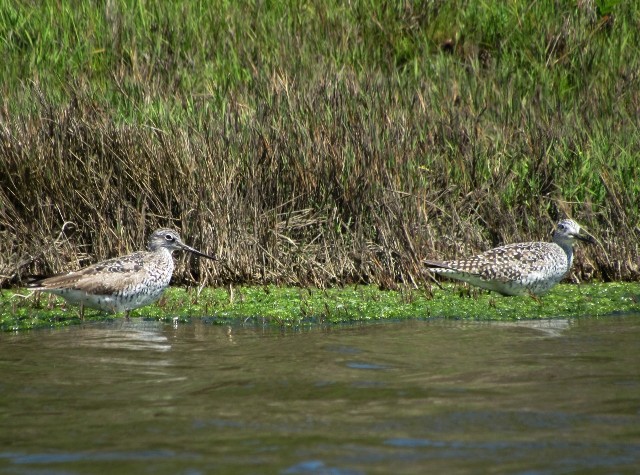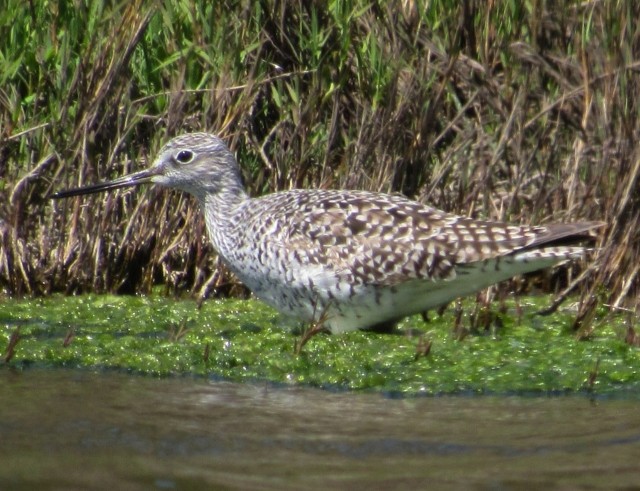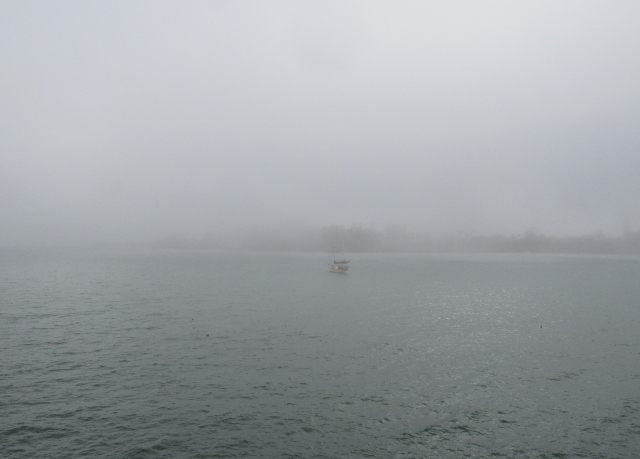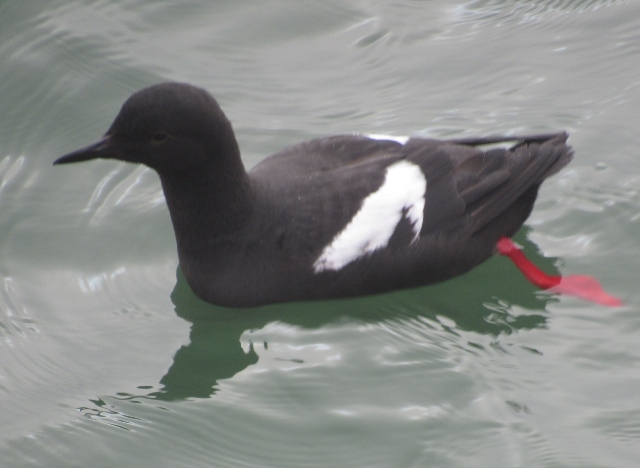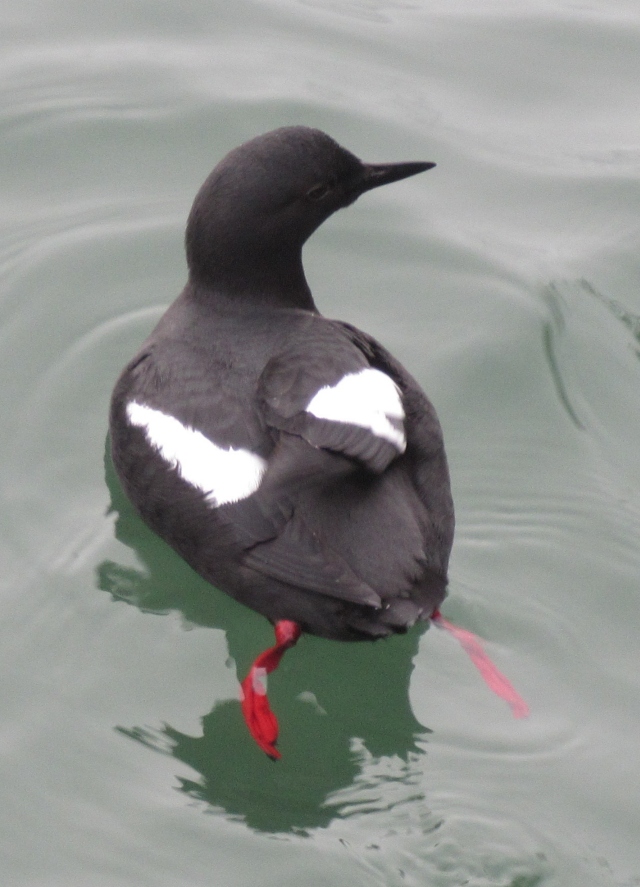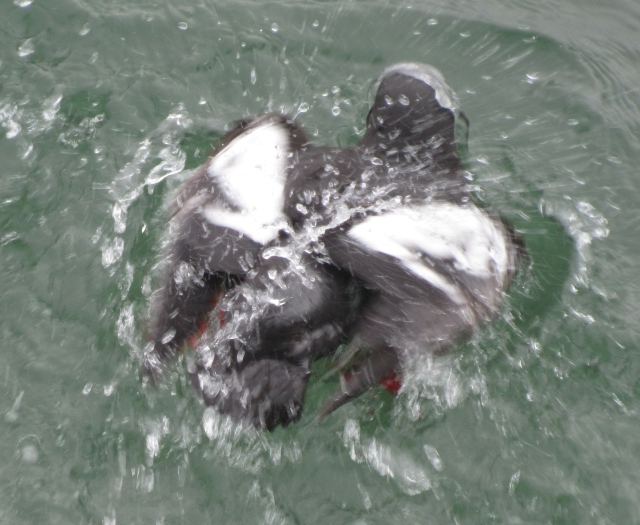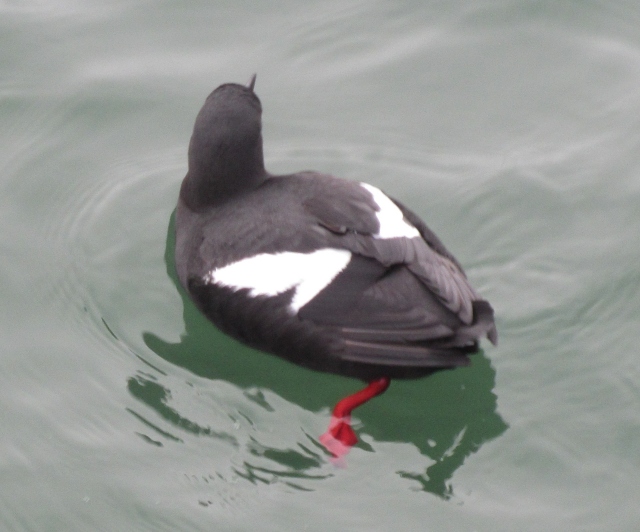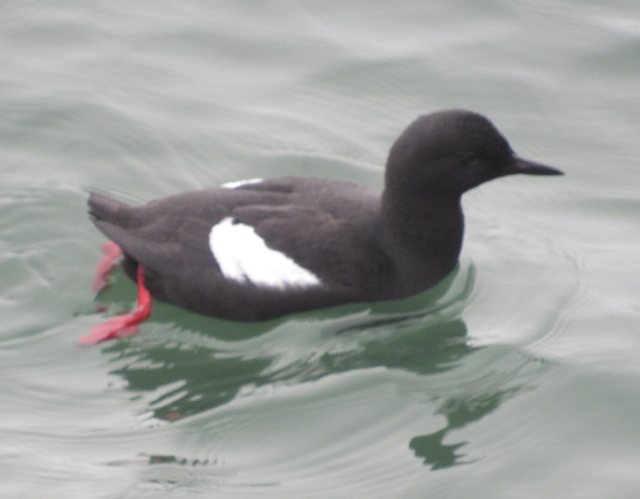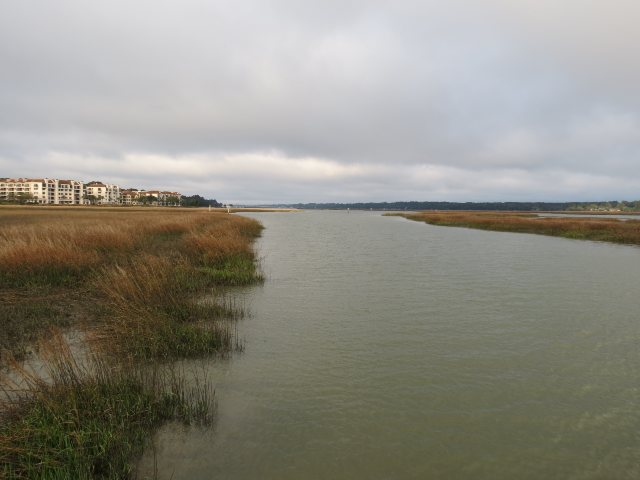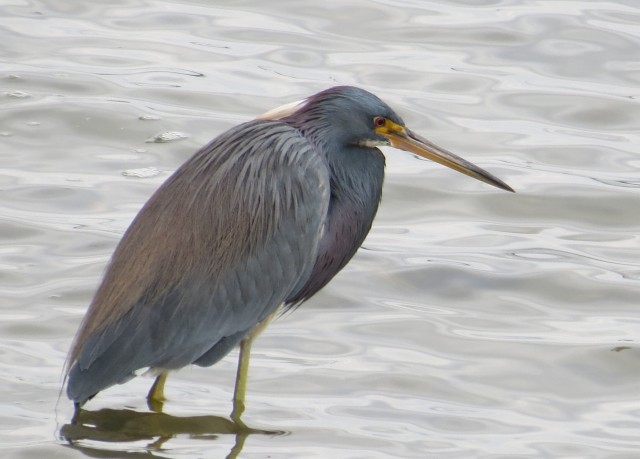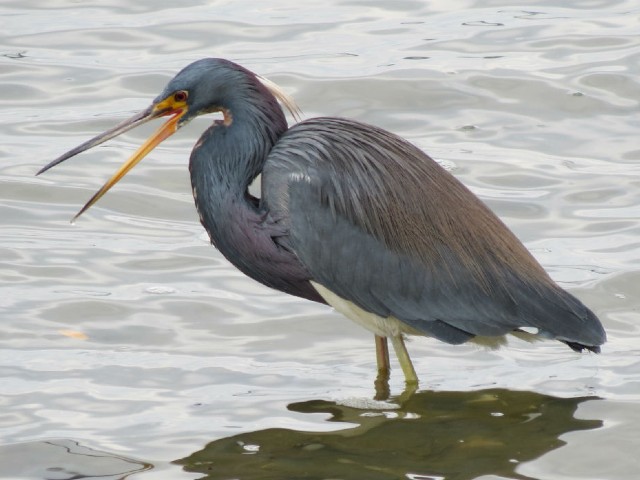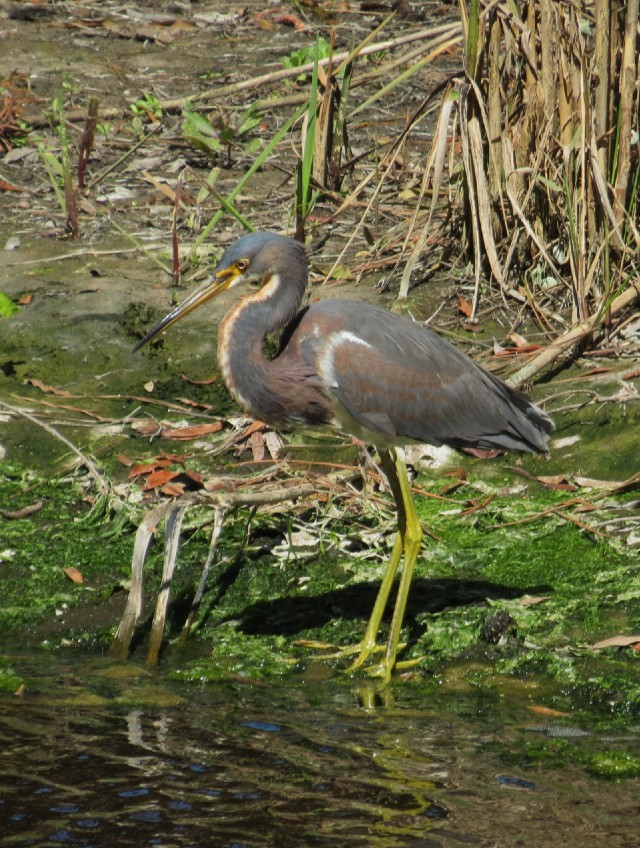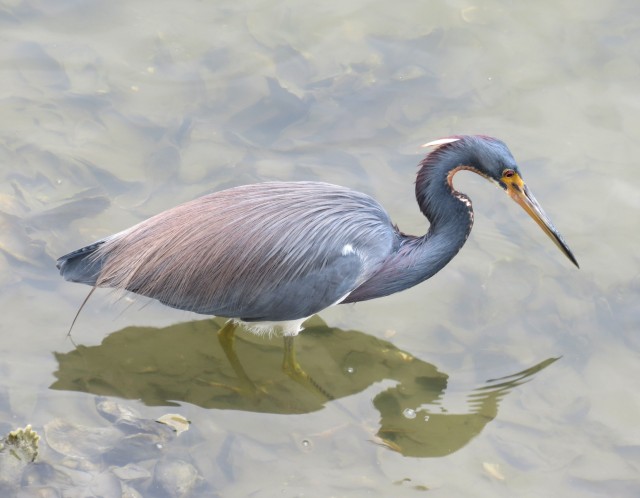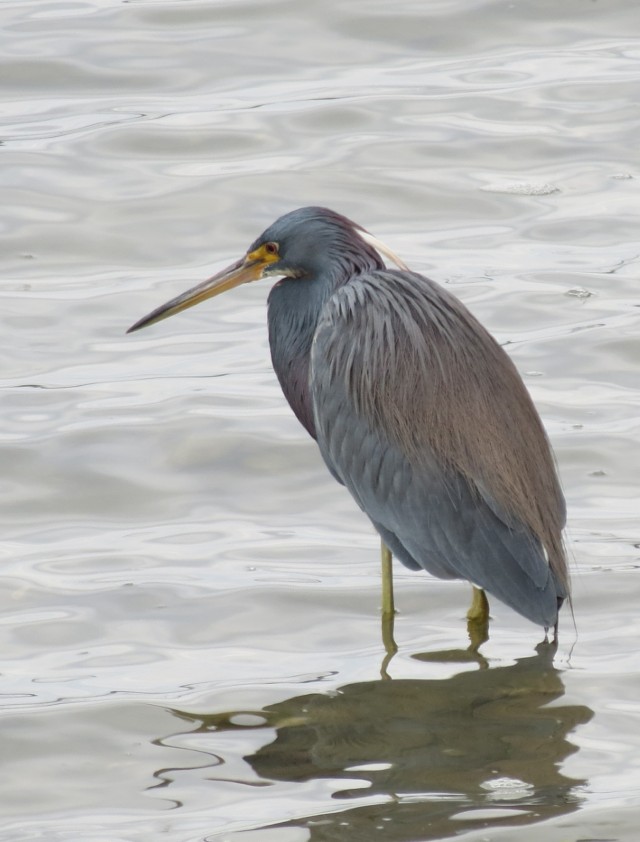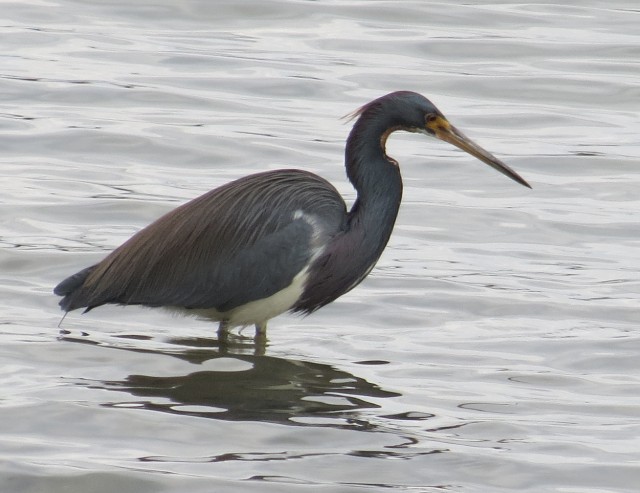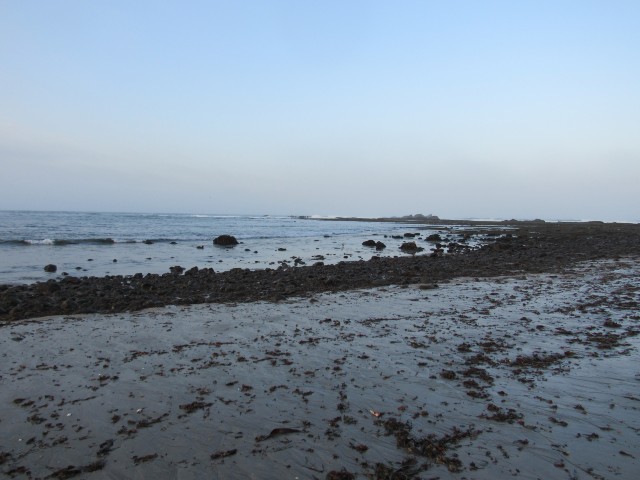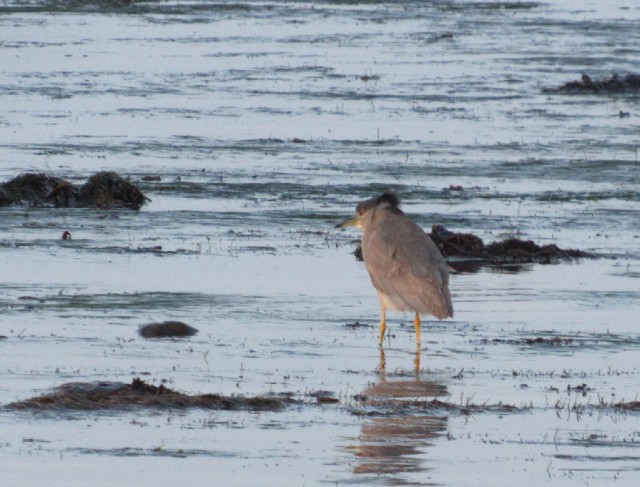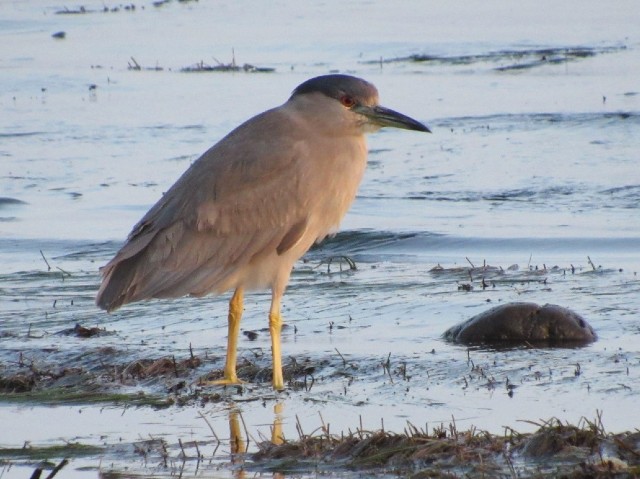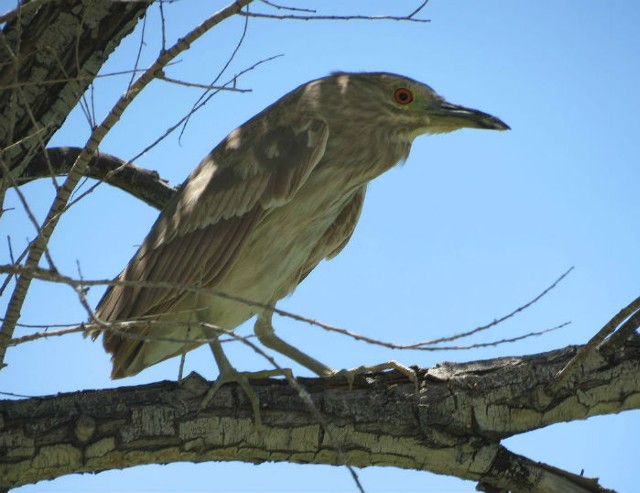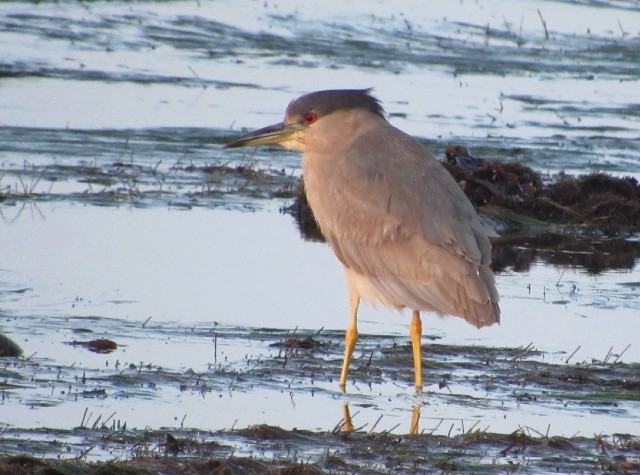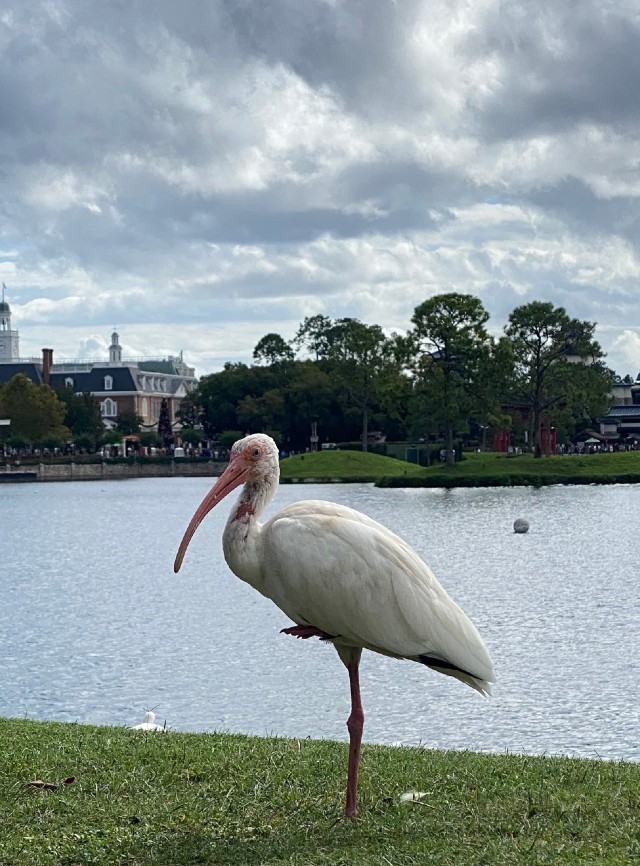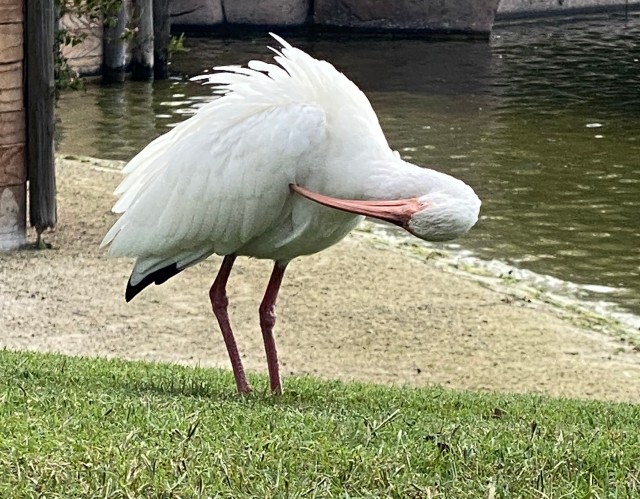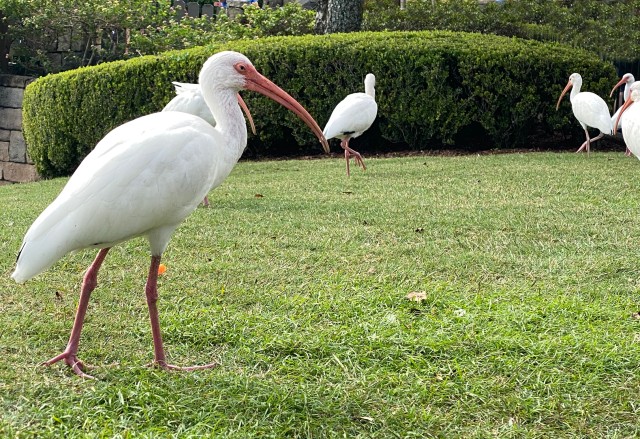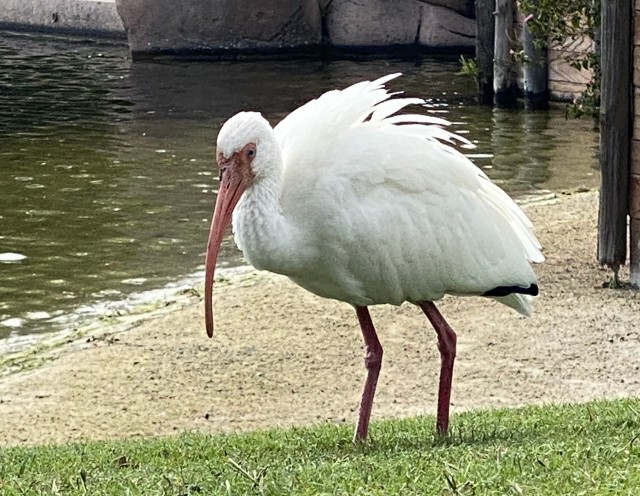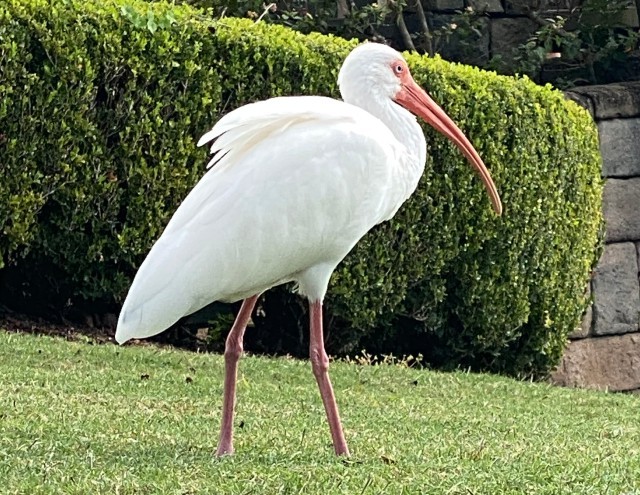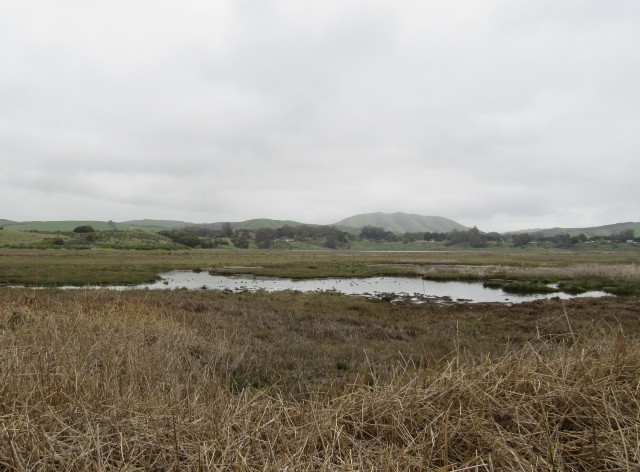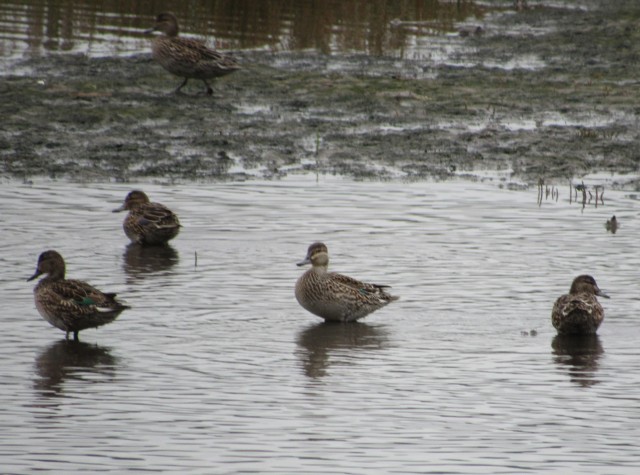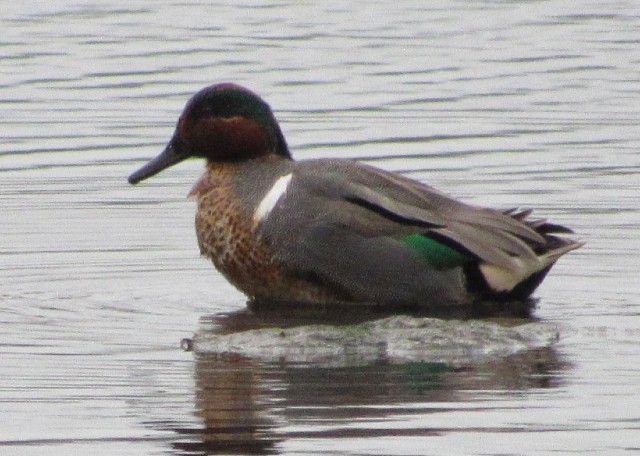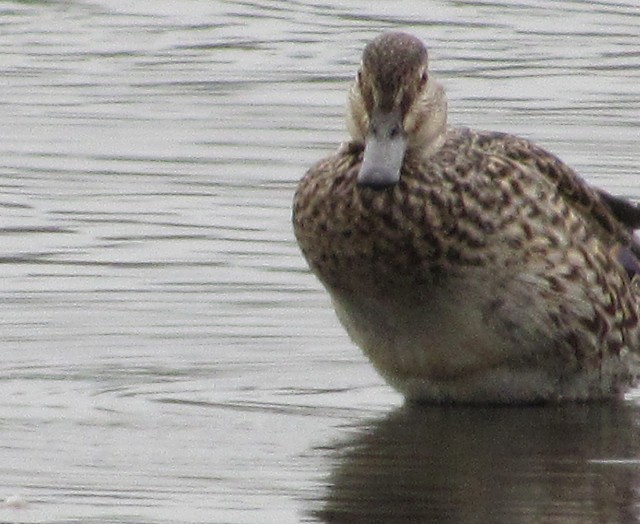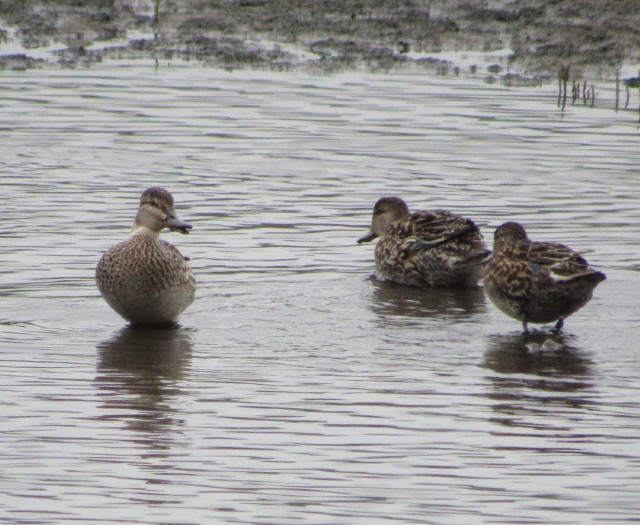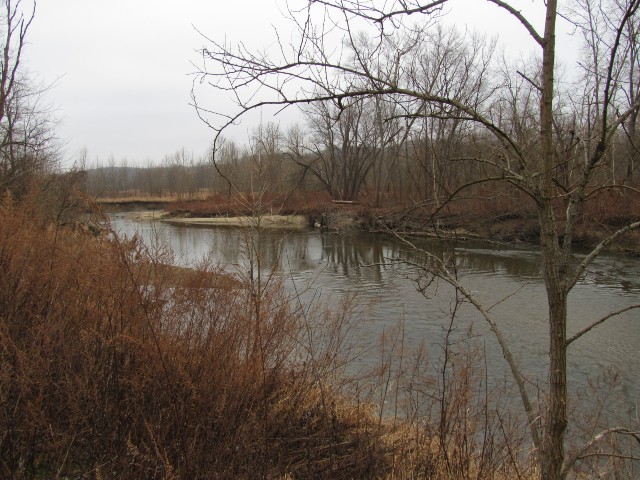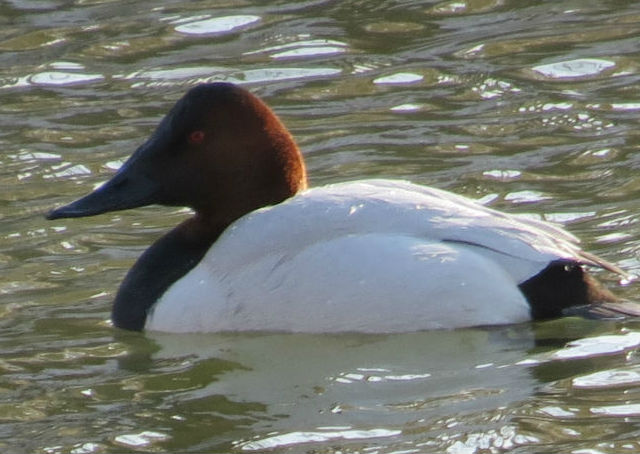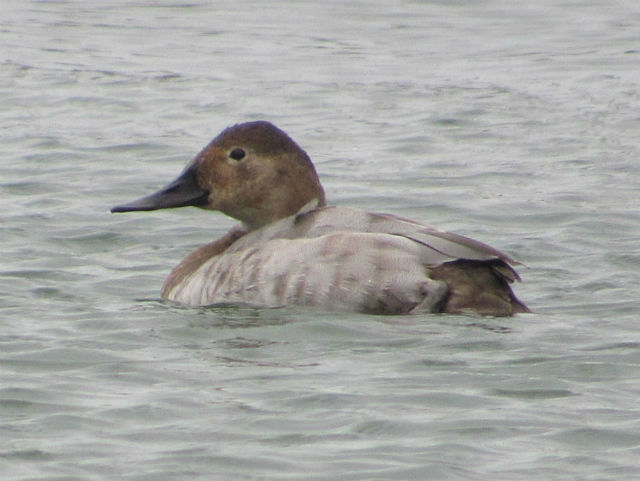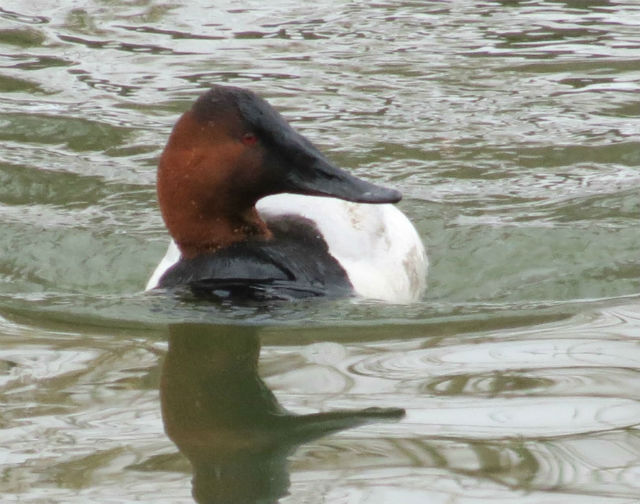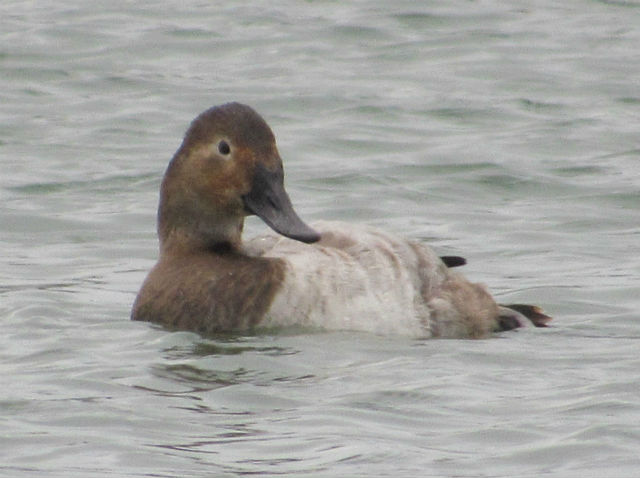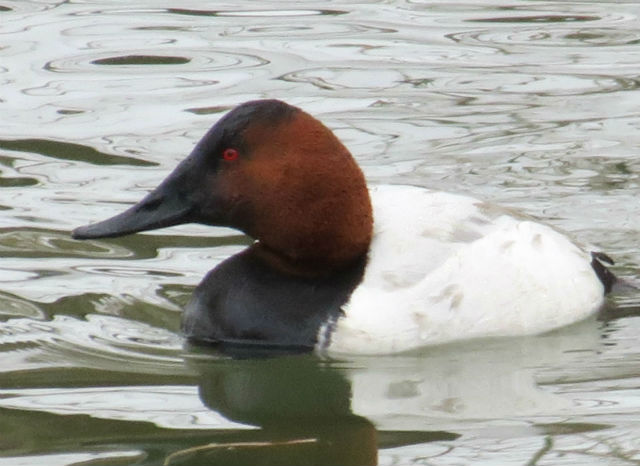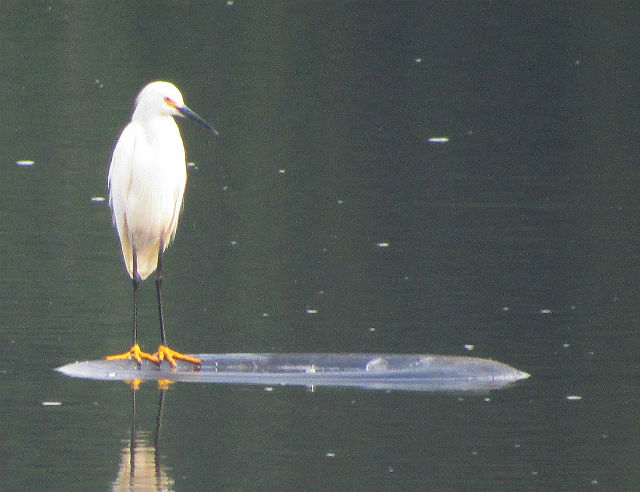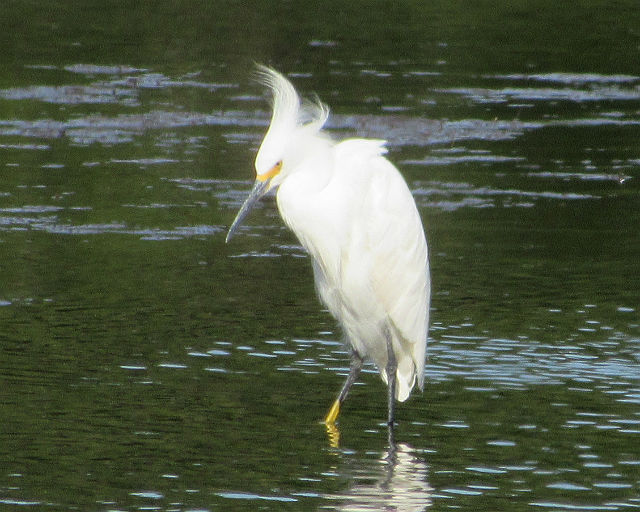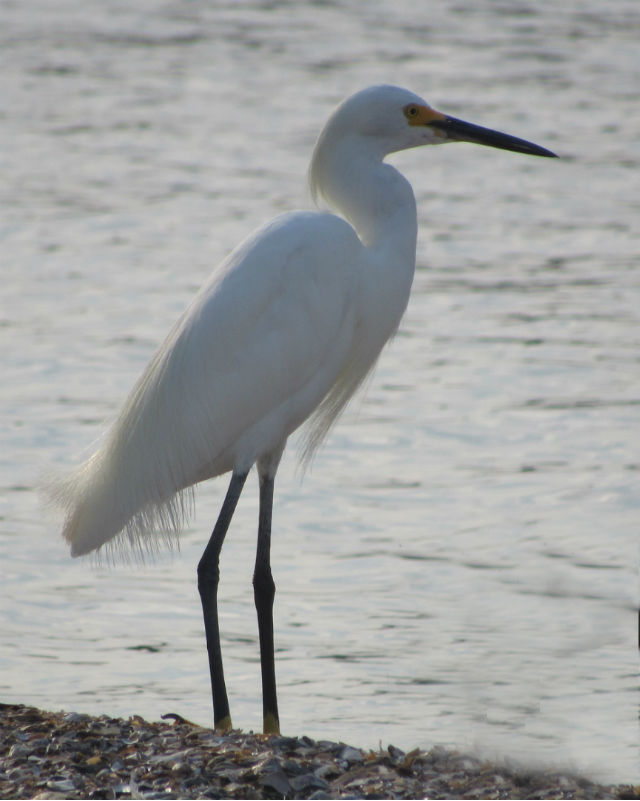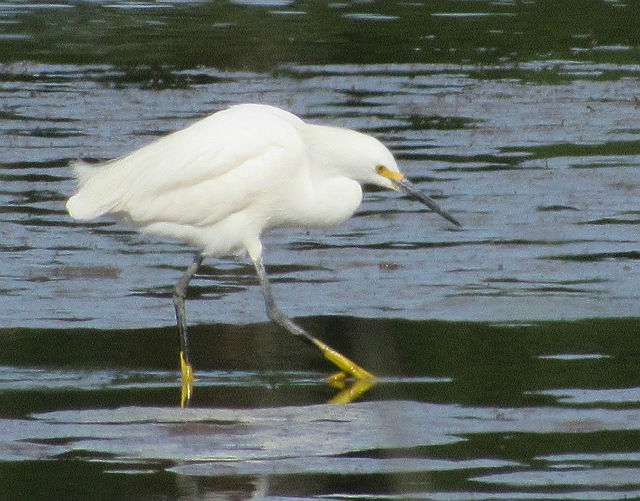The big, black-necked Canada Goose with its signature white chinstrap marking is a familiar and widespread bird of fields and parks. Thousands of “honkers” migrate north and south each year, filling the sky with long V-formations. The size of this goose varies considerably – some are the size of a large duck and others are two to three times larger.
At least 11 subspecies of Canada Goose have been recognized, although only a couple are distinctive. In general, the geese get smaller as you move northward, and darker as you go westward. The four smallest forms are now considered a different species: the Cackling Goose.
Once rare in the Buckeye State due to overhunting, in 1956, the Ohio Division of Wildlife introduced 10 breeding pairs of Canada Geese to three state wetlands. That helped populations rebound. By 1979 the geese were nesting in half of Ohio’s 88 counties. Today, they’re nesting and breeding everywhere, with an estimated population of well over 100,000.
In recent years, Canada Goose populations in some areas have grown substantially, so much so that many consider them pests for their droppings, bacteria in their droppings, noise, and confrontational behavior. This problem is partially due to the removal of natural predators and an abundance of safe, human-made bodies of water near food sources.
Canada geese are protected under both the Federal Migratory Bird Treaty Act and Ohio state law. This protection extends to the geese, goslings, nests, and eggs.
Canada Geese are primarily herbivores, although they sometimes eat small insects and fish. Their diet includes green vegetation and grains. The Canada goose eats a variety of grasses when on land. It feeds by grasping a blade of grass with the bill, then tearing it with a jerk of the head.
These birds fly in a distinctive V-shaped flight formation, with an altitude of 3,000 feet for migration flight. The maximum flight ceiling of Canada geese is unknown, but they have been reported at 29,000 feet. Flying in the V formation has been the subject of study by researchers. The front position is rotated, since flying in front consumes the most energy.
During the second year of their lives, Canada geese find a mate. They are monogamous, and most couples stay together all of their lives. If one dies, the other may find a new mate. The female lays from two to nine eggs with an average of five, and both parents protect the nest while the eggs incubate, but the female spends more time at the nest than the male.
As soon as the goslings hatch, they are immediately capable of walking, swimming, and finding their own food (a diet similar to that of adult geese). Parents are often seen leading their goslings in a line, usually with one adult at the front and the other at the back. While they might appear short-tempered, snappy and threatening, Canada geese are really much like any doting parents — fiercely protective of their brood.
Nonmigratory Canada Goose populations have been on the rise. This species is frequently found on golf courses, parking lots, and urban parks, which would have previously hosted only migratory geese on rare occasions. Owing to its adaptability to human-altered areas, it has become one of the most common waterfowl species in North America.

